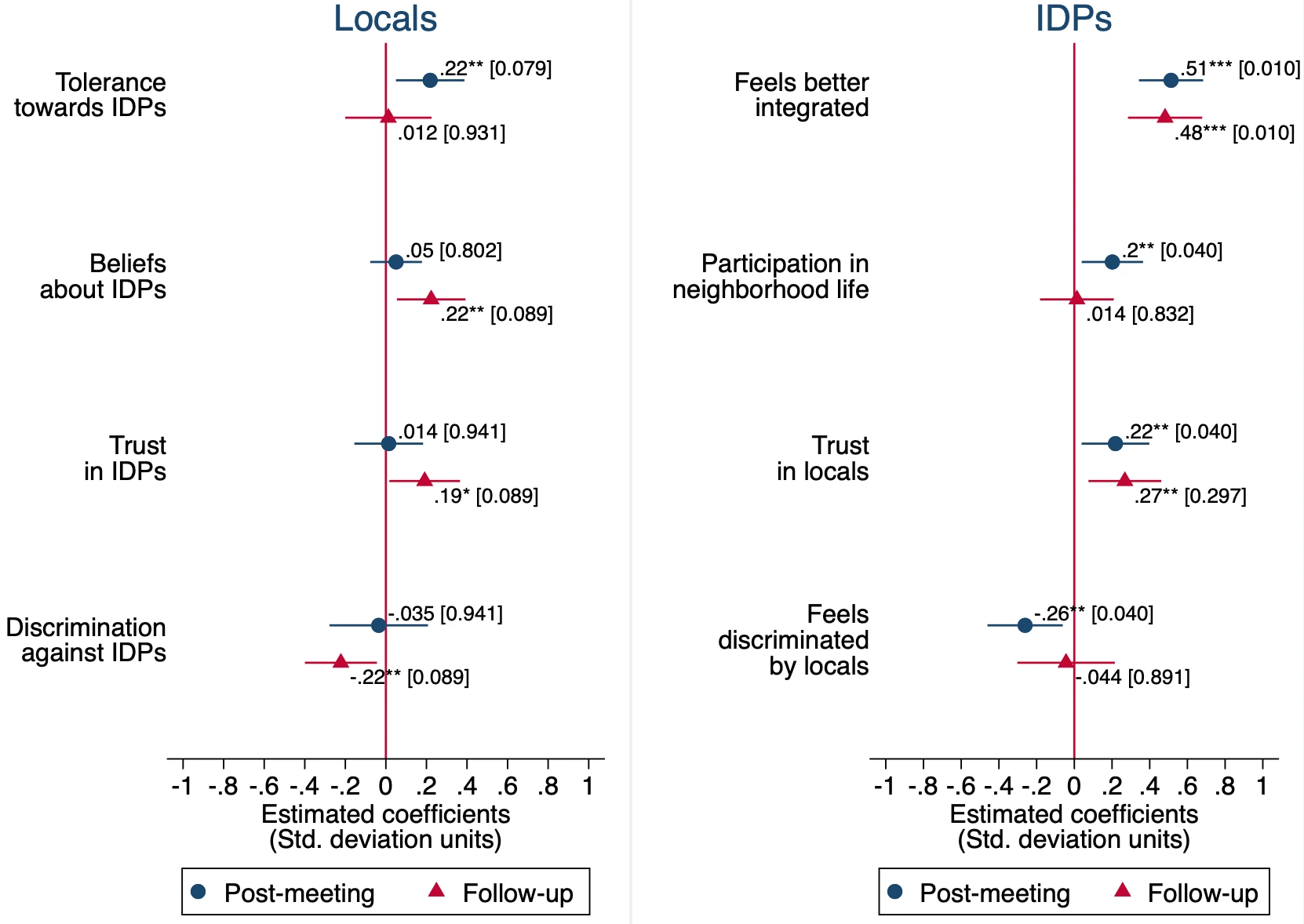 BCEL Bank. Vientiane, Lao. Stanislas Fradelizi/ World Bank
BCEL Bank. Vientiane, Lao. Stanislas Fradelizi/ World Bank
Forward-looking measures of banking sector soundness—the ability of a bank to withstand adverse affects—are key to ensuring the delivery of critical financial services such as lending. But assessing banking system resilience in emerging and developing economies (EMDEs) is difficult due to lack of information and uncertainty around the available data . The COVID-19 pandemic and the unprecedented policy response, such as regulatory forbearance measures, also created challenges to bank balance sheet transparency. Also, because market data are often skewed towards large listed commercial banks, the data may not be able to capture potential distress that unlisted institutions are experiencing. This is relevant not only for systemic banking sector resilience but also for the key economic function these institutions perform in the most rural, underserved communities.
In a new paper, we develop a simple approach to estimating a banking sector’s resilience to credit shocks using publicly available data. We focus on credit shocks since they are of primary importance in many EMDEs, although other shocks, such as liquidity, exchange rate, and sovereign default, are often highly relevant as well. Based on individual bank reverse stress test results, we compute a novel resilience metric, the Consolidated Distance to Breakpoint (CDBP), which quantifies the increase in non-performing loans (NPLs) needed to deplete capital buffers for a subset of the most fragile banks that collectively represent at least 20 percent of total banking system assets, a level commonly associated with a systemic banking crisis.
How to gauge systemic bank resilience to credit shocks in EMDEs?
Stress testing can be a useful (off-site) tool to analyze the resilience of banking systems to shocks and can complement other supervisory information, tools, and actions. A reverse stress test is a targeted exercise that quantifies to what extent current conditions would need to deteriorate for a bank to reach a pre-determined adverse outcome such as depletion of its capital buffers. Reverse stress tests can be particularly useful in countries where supervisory capacity and enforcement are relatively weak, resulting in a lack of complete and reliable prudential data which prevents the application of more sophisticated methodologies, or when the effects of an ongoing crisis, such as COVID-19 and subsequent regulatory forbearance measures, render prudential data more opaque.
In our paper, we extend the reverse stress test framework by computing a country-level banking system resilience measure from reverse stress test results for individual banks (Figure 1). Our approach hypothesizes an increase in the non-performing loans (NPLs) ratio for each bank to identify the point at which it “breaks”— the Break Point (BP). For each bank, we then compute the “Distance from Break Point” (DBP) as the difference between the BP and the actual NPL ratio. Indeed, one limitation of this approach is that the initial levels of non-performing loans can be not representative of the true quality of bank loan portfolios. There is also wide heterogeneity in the identification and quantification of NPLs across countries. The DBP is a consistent approach that can build on revised NPL figures to incorporate the uncertainty in the true quality of bank loan portfolios.
Next, we aggregate this bank-level information at the country level. We sort banks according to their DBP to identify the group of most fragile banks (i.e., those that exhibit the lowest DBP) that collectively represent at least 20 percent of total banking system assets. For banks with the same DBP value, we select the largest banks first. We define this set of vulnerable banks as “Banks at Risk” which can consist of a few large institutions or several smaller ones. In a final step, we consolidate the balance sheets of the “Banks at Risk” and calculate their consolidated Break Point (CBP) to arrive at the Consolidated Distance from Break Point (CDBP). A higher CDBP suggests a banking system is more resilient to credit shocks.
Figure 1: Outline of the reverse stress test framework (credit shock)
Source: Feyen and Mare (2021).
Note: This figure synthesizes the empirical framework to compute a country distance from break point (CDBP). Bank-level data is used to estimate the reverse stress testing results for each bank. Information is then aggregated at the country level looking at the subset of the most fragile banks that collectively represent at least 20 percent of banking system assets (“Banks at Risk”).
Application to the COVID-19 pandemic
Following the outbreak of the COVID-19 pandemic, financial sector authorities undertook a wide-ranging set of measures to preserve the stability and resilience of the banking system and bolster its capacity to support economic activity. Yet some of these measures may have reduced the transparency of bank balance sheets. To calculate the CDBP, we collect balance-sheet information for Q3 2020 and Q2 2021 for approximately 1,500 commercial banks headquartered in 59 countries, mainly EMDEs, using Fitch data. If balance-sheet information is not available for the third quarter of the year 2020, we use the latest balance sheet information available, although not older than 2019.
Figure 2 summarizes the country distribution of the CDBP across World Bank regions. In line with recent assessments, the data suggest that EMDE banks are resilient in the short term to credit shocks, although there is wide variation across regions and countries (Figure 2).
Figure 2: Increase in NPLs that will wipe out capital buffers for at least 20% of total banking system assets (in percentage points)
Source: Feyen and Mare (2021).
Note: The figure reports the percentage point increase in the non-performing loan ratio at the country level (the Consolidated Distance from Break Point - CDBP) that wipes out capital buffers for banks at risk (Y axes). Higher values denote higher capacity to absorb NPLs increases.
The assessment of financial instability is particularly important but also challenging when bank balance sheet opaqueness and vulnerabilities have increased such as during the COVID-19 pandemic. Further, the withdrawal of government support and regulatory forbearance can reveal fragilities in bank balance sheets (World Bank, 2022).
Our simple CDBP metric could be used as a first step toward evaluating banking system resilience, especially in countries where limited information is available. Our analyses suggest that it could complement traditional country-level indicators of financial soundness and provide an indication of the overall stability of banking sectors. However, it is worth noticing that the CDBP has important limitations and should be interpreted as a rough approximation of systemic banking resilience to credit shocks. The CDBP should be used in conjunction with additional stress tests and complemented with supervisory information and data. The CDBP could also be used to flag the need for more in-depth supervisory risk reviews, including through on-site inspections or asset quality reviews.





Join the Conversation